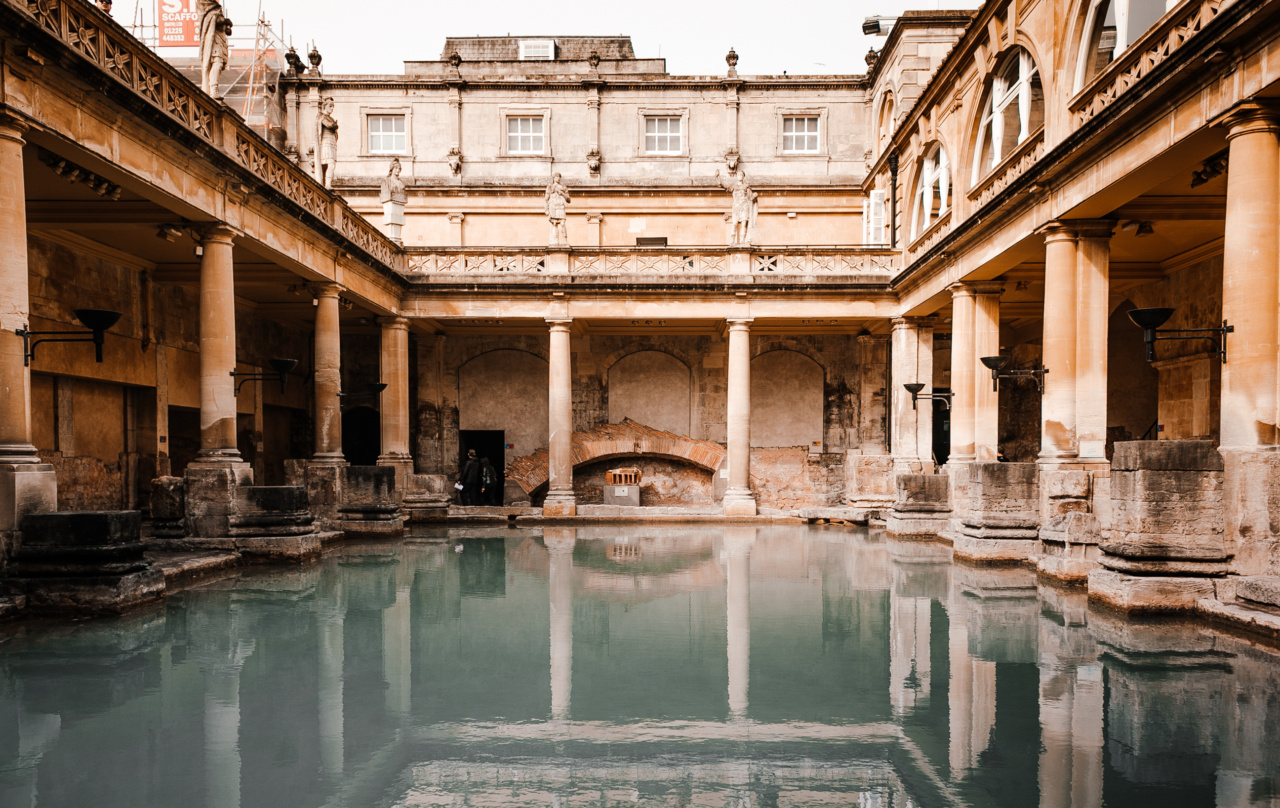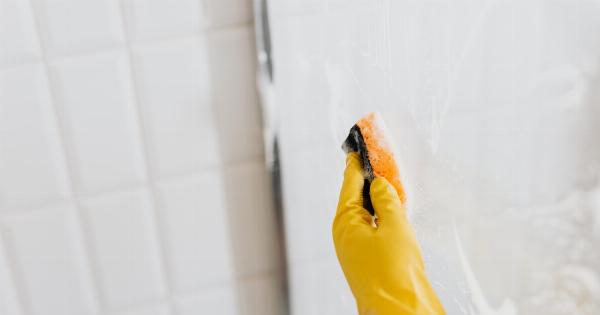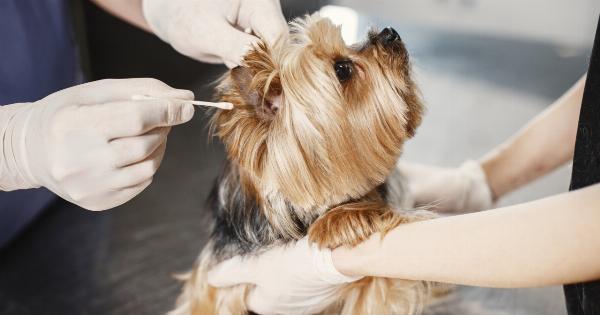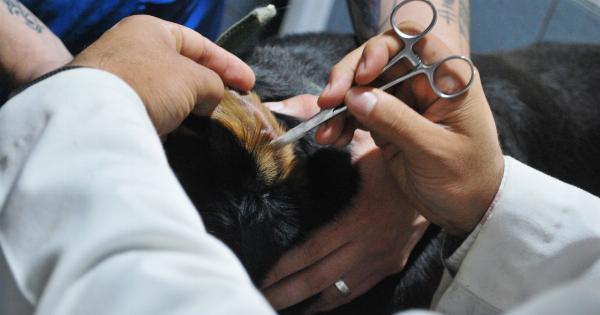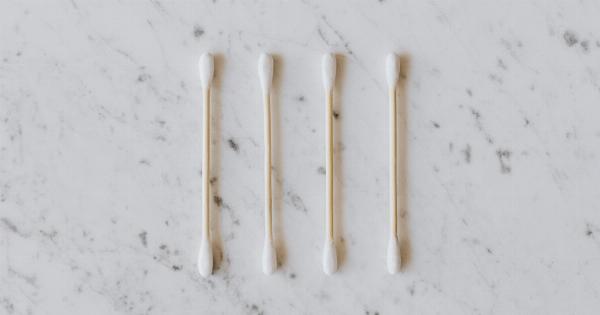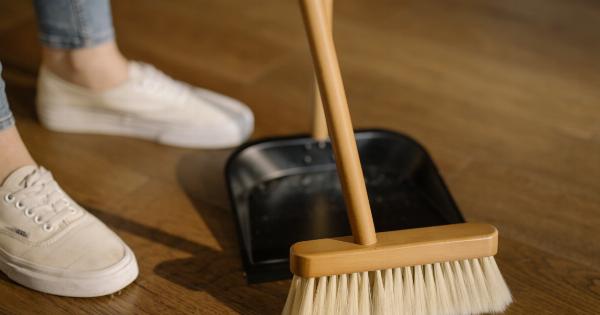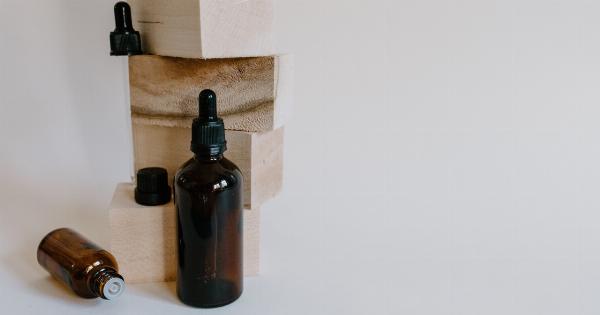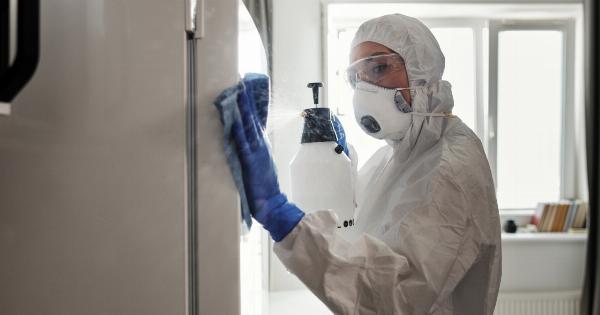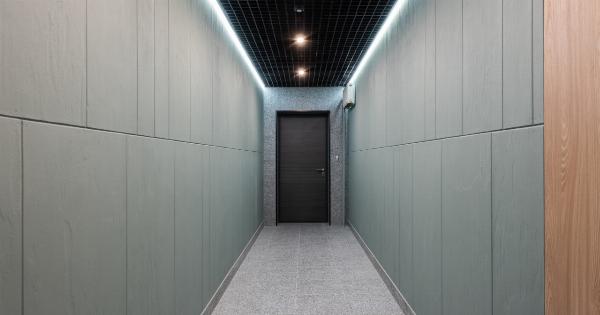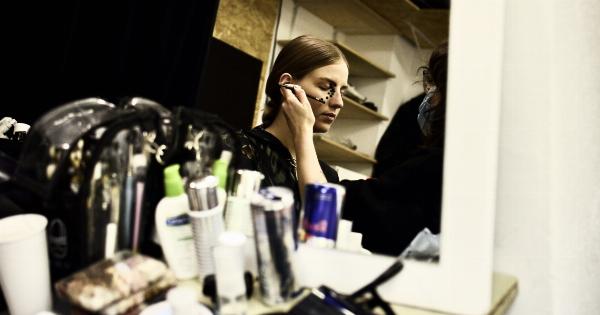Getting water trapped in your ear canal can be quite annoying and sometimes even painful. It can happen after swimming, taking a shower, or even during water sports.
While the sensation of water in your ear may gradually go away on its own, it’s important to know how to properly and safely remove the water to avoid any complications. In this article, we will discuss some useful tips on how to get water out of your ear canal.
1. The Gravity Method
The gravity method is one of the simplest and most effective ways to remove water from your ear. Follow these steps:.
a) Tilt your head to the affected side, allowing the water to gather near your ear opening.
b) Gently tug on your earlobe and tilt your head towards your shoulder, creating a downward slope for the water to flow out of your ear.
c) Stay in this position for a few seconds, and then straighten your head. You may notice the water draining out of your ear onto a towel or tissue.
2. Valsalva Maneuver
The Valsalva maneuver is a technique often used to equalize pressure in the ears and can also help remove trapped water. Here’s how to do it:.
a) Take a deep breath and close your mouth.
b) Pinch your nostrils closed with your fingers, effectively closing off your nose as well.
c) Gently blow air out of your nose, as if you were blowing your nose gently. However, be very careful and avoid blowing too forcefully, as this may damage your eardrums.
d) You may feel a slight pressure or popping sensation in your ear, followed by the release of trapped water.
3. Create a Vacuum with a Bulb Syringe
If the above methods don’t work, you can try using a bulb syringe to create a vacuum effect and suction out the water. Here’s how:.
a) Fill a clean bulb syringe with warm water.
b) Tilt your head to the affected side and gently insert the syringe tip into your ear canal.
c) Squeeze the bulb of the syringe gently to create a vacuum.
d) The vacuum effect should help pull the water out of your ear canal.
4. Alcohol and Vinegar Solution
An alcohol and vinegar solution can help dislodge trapped water and prevent bacterial growth. Follow these steps:.
a) Mix equal parts of isopropyl alcohol and white vinegar to create the solution.
b) Lie down on your side with the affected ear facing up.
c) Use a dropper to place a few drops of the solution into your ear canal.
d) Stay in this position for a few minutes to allow the mixture to reach the water and bacteria.
e) Tilt your head to the opposite side and allow the fluid to drain out.
5. Heat Therapy
Applying heat to the affected ear can help evaporate the trapped water. Here’s what you can do:.
a) Soak a clean washcloth in warm water.
b) Wring out excess water and fold the washcloth into a compress.
c) Hold the warm compress against the affected ear for a few minutes.
d) The heat will aid in drying out the water, relieving discomfort.
6. Over-the-Counter Ear Drops
There are various over-the-counter ear drops available that may help break up the water, promoting its removal. Follow the instructions on the packaging for best results.
7. Perform the “Toynbee Maneuver”
The Toynbee maneuver is another technique that can help equalize pressure in the ear and remove water. Here’s how to do it:.
a) Pinch your nose closed with your fingers.
b) Take a sip of water and keep it in your mouth.
c) Swallow the water while still holding your nose closed.
d) The swallowing motion, along with the closed nostrils, can help open the Eustachian tubes, allowing water to drain from the ear.
8. Use Steam
Steam can help loosen earwax and dislodge trapped water. Follow these steps:.
a) Heat some water in a bowl or basin until it steams.
b) Remove the water from the heat source and carefully place your affected ear over the steam.
c) Use caution not to get too close to avoid burning your ear.
d) Allow the steam to enter your ear for a few minutes.
9. Avoid Excessive Scratching or Digging
While it may be tempting to scratch or dig into your ear to remove the trapped water, this can actually worsen the situation. It can push the water further into the ear canal or even cause injury to the delicate structures within the ear.
Avoid inserting foreign objects or using cotton swabs as well, as they can push the water deeper or damage your ear canal.
10. Consult a Medical Professional
If the trapped water persists for more than a day, if you experience pain, or if you notice any signs of infection such as discharge or swelling, it’s important to seek medical attention.
A healthcare professional can provide further guidance and proper treatment if necessary.
